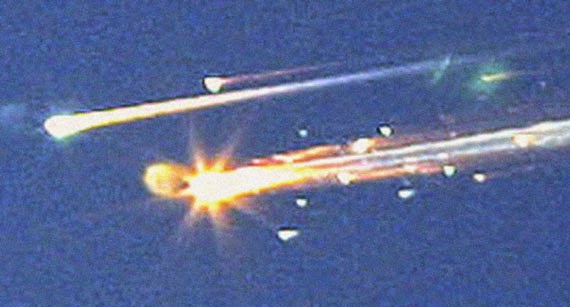Sotomayor decided at an early age to become a lawyer. She graduated from Princeton University in 1976 and then attended Yale Law School. She graduated in 1979 and spent 5 years working as an assistant district attorney in New York county before going into private practice, working on intellectual property and copyright cases.
In 1992, she was appointed a federal judge in the US District Court, Southern District of New York. She was the judge responsible for ending the eight-month baseball strike in 1995. She was later appointed to the US Court of Appeals for the Second Circuit. In May 2009, President Obama nominated Sotomayor to the Supreme Court. She was confirmed in August 2009.
 |
|
Sotomayor, Sonia: 2009 portrait. [Photograph]. In Encyclopædia Britannica. Retrieved
from http://www.britannica.com/EBchecked/media/126698/Sonia-Sotomayor-2009
|


